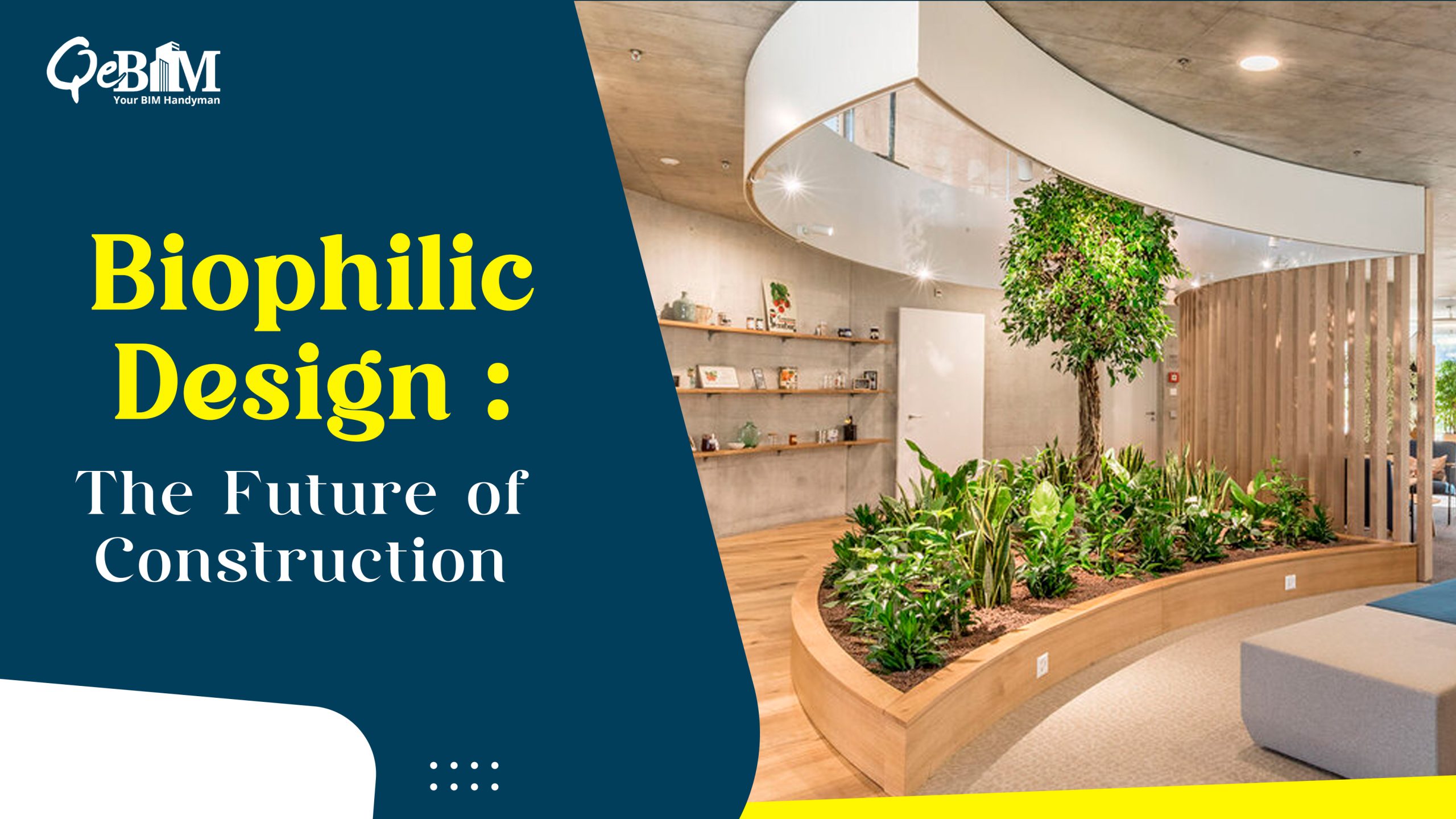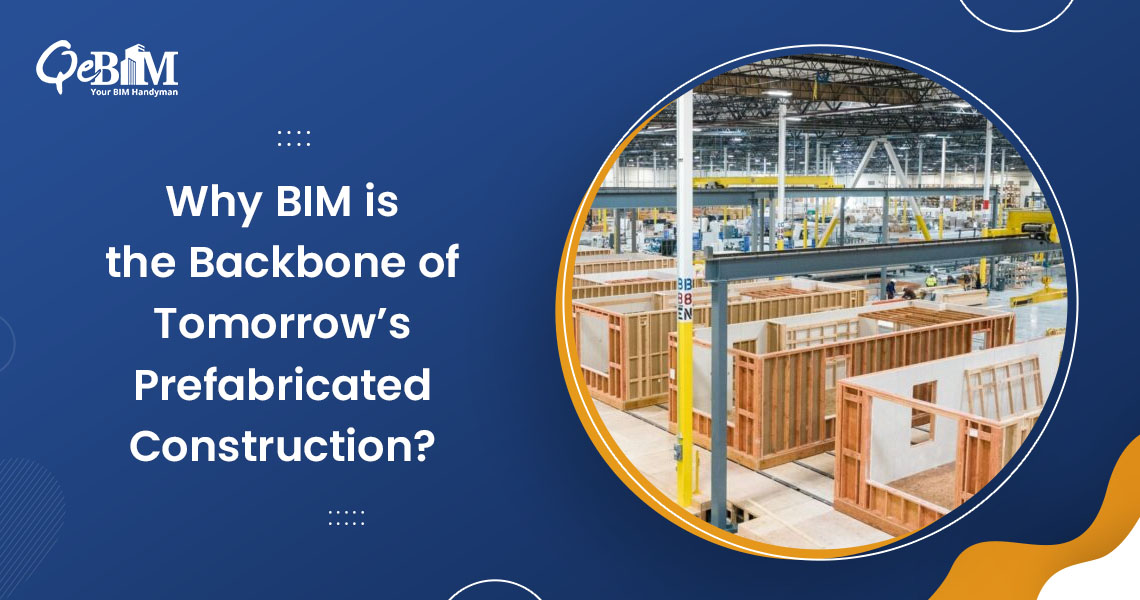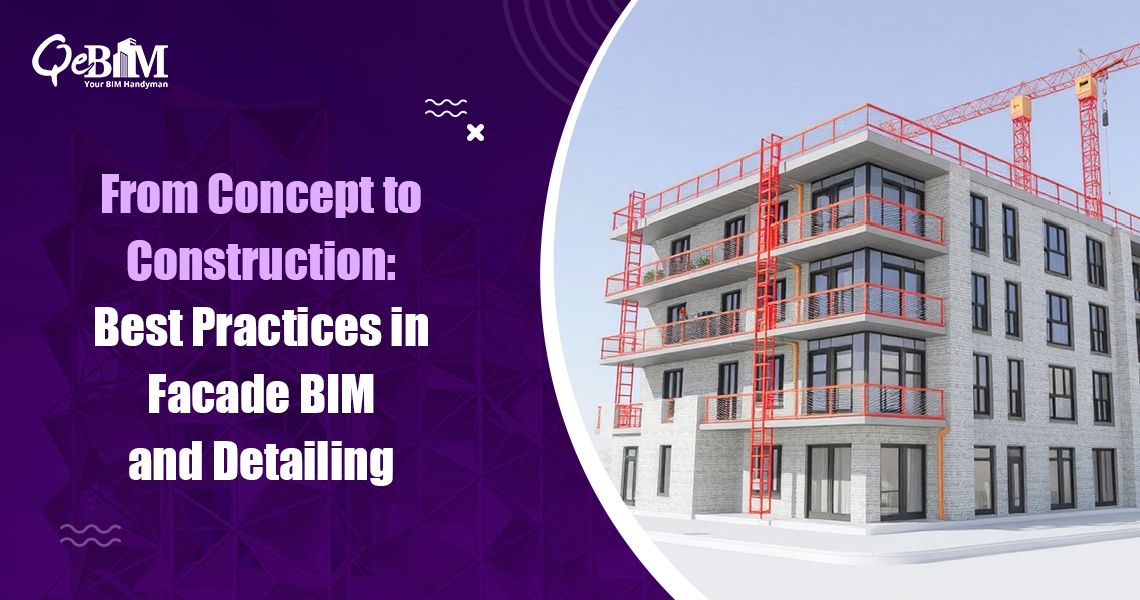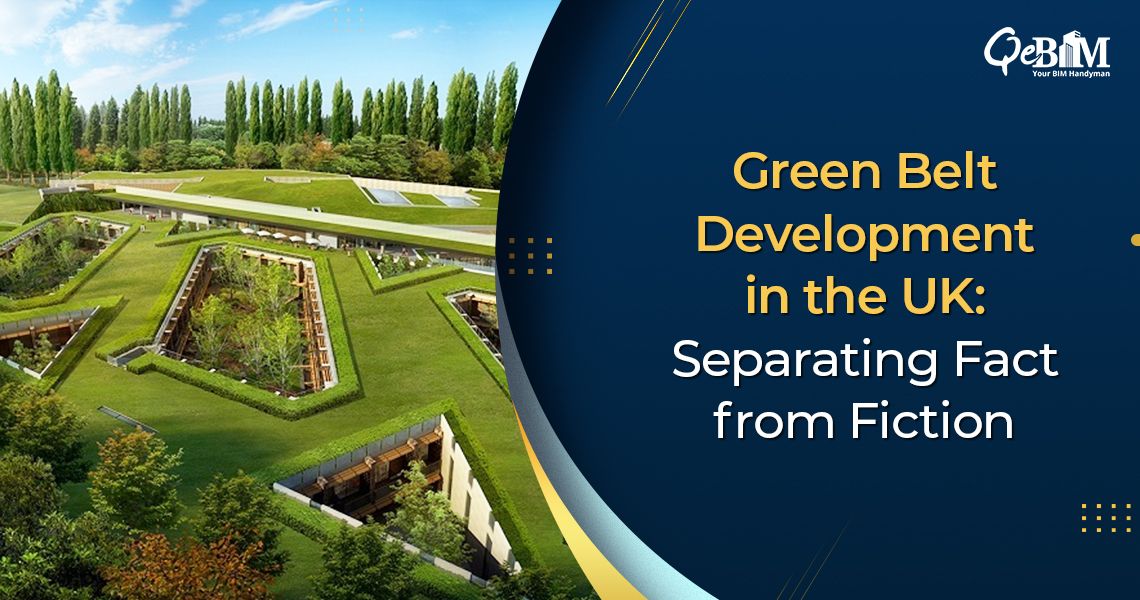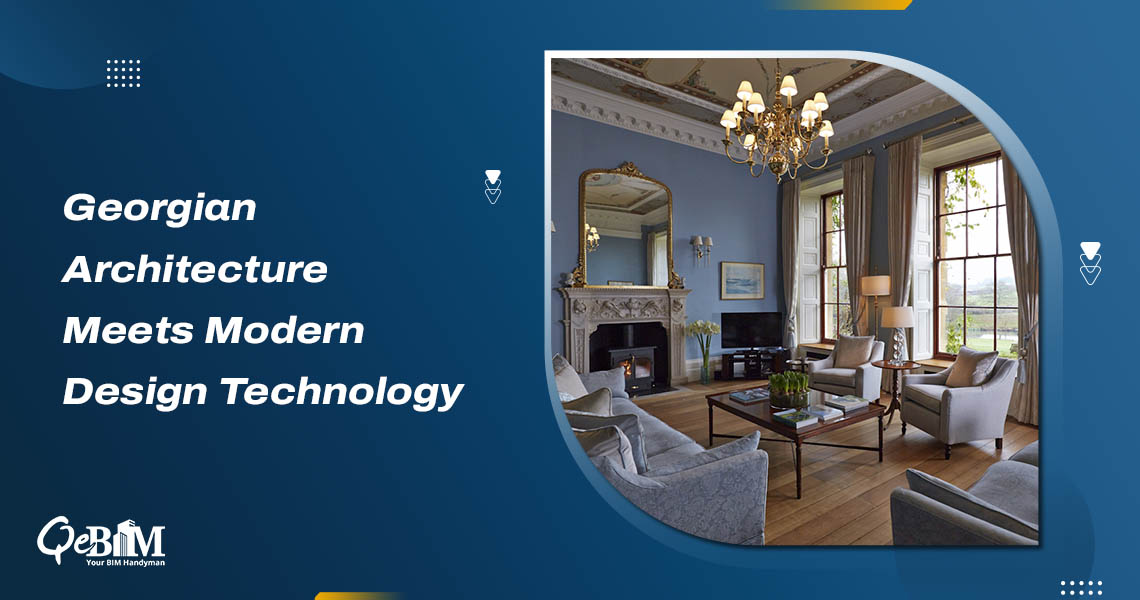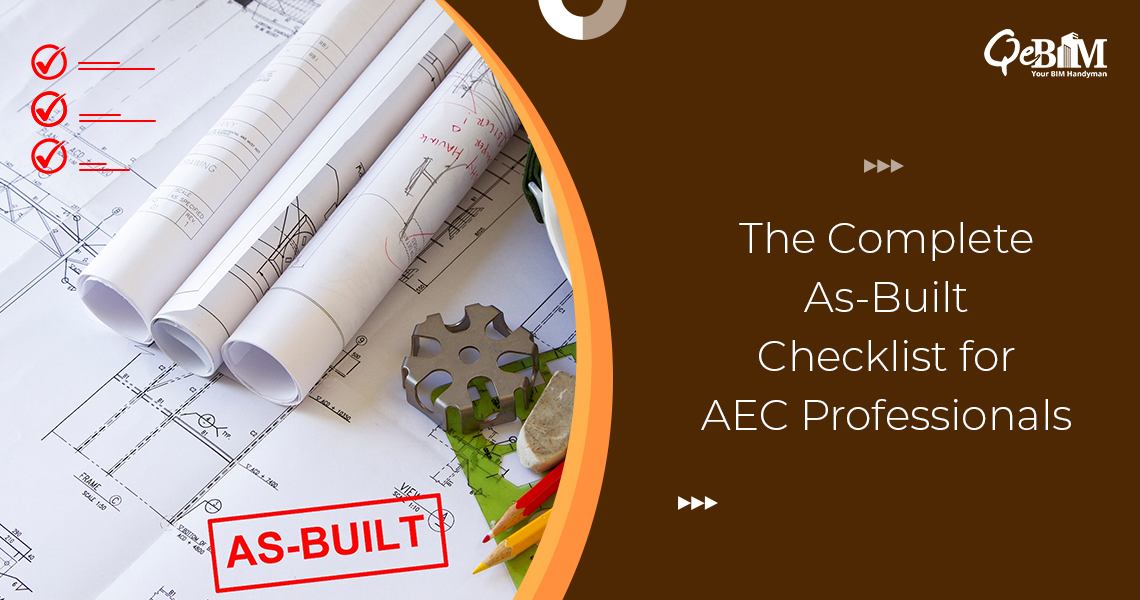Introduction
Bringing Nature Back into Architecture: Enhancing Spaces with Biophilic Design
Humans nowadays spend a greater quantity of time indoors and away from nature amid today’s fast-paced and urbanized environment. As a result, we have seen an increase in anxiety, decreased efficiency, and health problems among people. Engineers and construction experts are using biophilic design, a ground-breaking method that incorporates nature into the built environment, to address these issues and create better inhabitable and productive surroundings. By using the capabilities of Architectural Services and 3D rendering technologies, we will examine the idea of biophilic design and discover ways to apply it to building projects in order to generate environments that encourage happiness and efficiency.
Understanding Biophilic Design: Connecting People with Nature
By integrating natural components and motifs into the design of structures and places, the revolutionary architectural concept known as “biophilic design” aims to repair the interaction between humans and the natural environment. It recognizes the inborn human propensity to interact with nature and makes use of this connection to raise people’s standard of living.
Many research investigations have demonstrated the beneficial effects of biophilic design on both the mental and physical well-being of individuals. Employee efficiency and ingenuity increased by 15% and 6%, respectively, in biophilic workplaces, pursuant to a Terrapin Bright Green study. The incorporation of biophilic features into medical establishments also resulted in a 13% decrease in patient stress, which considerably improved the process of recovery.
- Embrace Natural Light and Ventilation
Plan your building project to include lots of natural light and ventilation. Interior rooms may be flooded with natural light via skylights and well-designed windows, which will lessen the requirement for artificial lighting throughout the daytime. Furthermore, natural ventilation systems lessen the need for artificial ventilation by promoting higher air quality.
- Create Green Spaces
Integrating green areas into the built environment is one of the guiding concepts of biophilic design. Rooftop gardens, vertical green walls, or courtyards filled with lush vegetation all foster a feeling of connection with nature, which lowers anxiety and improves wellness. Employees who had a choice of green areas at their place of employment claimed enhanced standards of happiness at work and reduced levels of burnout, according to research released by the Journal of Environmental Psychology.
- Use Natural Materials and Patterns
An aesthetically pleasing and peaceful environment may be produced by blending natural materials and patterns into construction projects. The warmth and authenticity of organic elements like wood, stone, and others are added to interiors. Similar to how using natural patterns in artwork, rugs, and wallpaper can create a calm and cozy atmosphere.
- Introduce Water Features
Water elements like fountains, ponds, or water walls can improve the biophilic experience since they have a relaxing influence on people’s minds. A relaxing environment is created by the sound of rushing water, which lowers tension and encourages relaxation.
- Biophilic Elements in 3D Rendering
To properly visualize and implement biophilic design components, architects might use 3D Rendering Services. With the use of cutting-edge technology, 3D models can illustrate how green areas, natural light, and water attractions are going to communicate with the inside and outside of the structure. As a result, customers and stakeholders are better equipped to comprehend the design concept and make wise choices.
The use of biophilic design in construction projects has several advantages. These advantages consist of:
- Better fitness and mental health: Biophilic design can increase productivity by lowering stress and enhancing mood.
- Enhanced productivity: Research has found that employees who operate in biophilic surroundings are happier with their work compared to individuals who do so in conventional office settings.
- Increased innovative thinking: Biophilic design can encourage imagination and capacity to solve problems.
- Better air quality: By absorbing pollutants and expelling oxygen, green walls, and roofs can contribute to better air quality.
- Save energy expenses: By using less artificial lighting and cooling, biophilic design may save energy expenditures.
With regard to the particular components employed, the cost to include biophilic design in construction projects might change. The advantages of biophilic design, however, frequently exceed the disadvantages.
There are a few things to bear in mind if you’re thinking about using biophilic design in a building project. Working with an architect or designer who is knowledgeable about biophilic design concepts is crucial at the beginning. The budget and the project’s unique requirements should be taken into account second. Finally, you must be persistent and open to experimenting with various components to determine which ones perform best for your project.
Conclusion
By bridging the gap between the built environment and nature, biophilic design offers a fascinating chance to create places that enhance inhabitants’ happiness and work efficiency. Architects and building experts may easily incorporate biophilic ideas into their designs by welcoming natural light, including green areas, using natural materials, adding water elements, and using 3D rendering services.
Biophilic design will be crucial in building environments that inspire, revitalize, and link us with the grandeur of the natural environment as we progress towards an era where environmentally friendly and health-conscious architecture becomes key. Adopting biophilic design represents an ethical decision for architecture as well as a dedication to a more sustainable and equitable future for the generations that follow.
